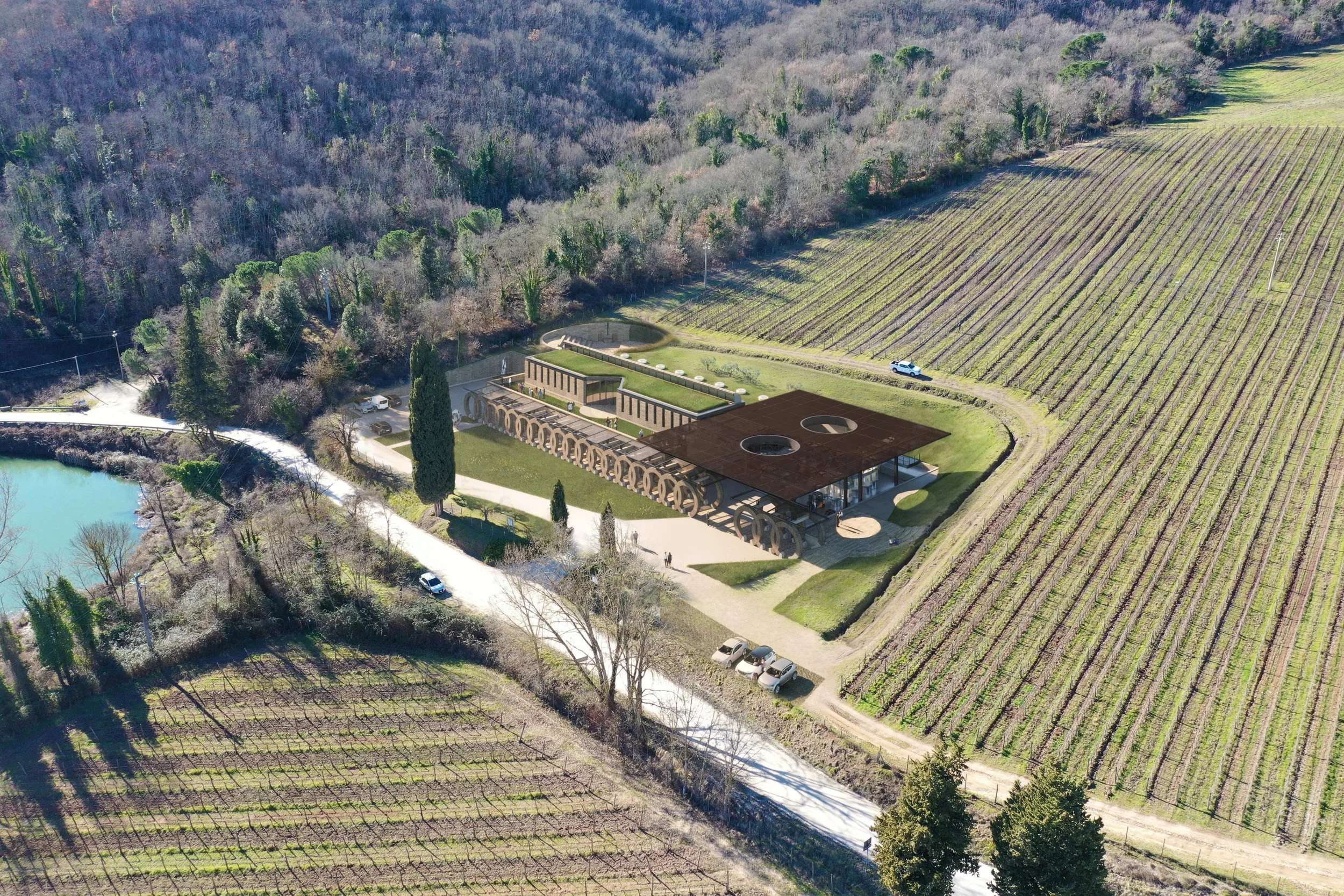Our Members
The Old Vine Conference member community encompasses producers, distributors, generic bodies, and private individuals. Membership of The Old Vine Conference is an impactful way to safeguard global old vine heritage, and its priceless ecological and cultural value. In return, Members are able to showcase their wines and projects to our influential and uniquely engaged audience through exposure at conferences, inclusion in media, and at tastings and events.
Filter by region:
Terroirs Originels, France
For more than twenty five years, Terroirs Originels has stood as one of the most distinctive alliances in the Beaujolais, Mâconnais, and Monts du Lyonnais regions, united by a shared commitment to heritage, independence, and the craft of honest, terroir driven winegrowing. Formed in the late 1990s by six friends and winemakers, the group emerged from a simple but ambitious goal: to allow artisan winemakers to stay close to their vines and dedicate themselves to the hands on work required to produce wines of true character. At a time when consolidation and commercialization were reshaping the wine world, Terroirs Originels offered an alternative vision rooted in authenticity and human connection.
Arillo in Terrabianca, Chianti, Italy
In the heart of the legendary Chianti Classico zone, the winery of Arillo in Terrabianca nurtures a special parcel: the Vigna Terrabianca vineyard, situated at their main Tenuta Terrabianca in Radda in Chianti. Across its three estates – Terrabianca in Chianti Classico, Il Tesoro in Maremma, and Colle Brezza in Val d’Orcia – the winery owns a total of 60 hectares of vineyards.
Isole e Olena, Chianti, Italy
In the gently rolling hills of western Chianti Classico, Isole e Olena stands as a benchmark for authenticity, vision, and the enduring value of old vines. Founded by Paolo De Marchi’s family, and shaped by his pioneering approach, the estate has built its reputation on a profound respect for vine heritage and terroir expression.
Finca Don Eugenio, Viñedos La Consulta and Adelante Malbec — La Consulta, Uco Valley, Mendoza, Argentina
This story begins in 1946, when Italian immigrant Eugenio Gioachini planted a Malbec vineyard in La Consulta in the Uco Valley of Mendoza, Argentina. He built a family home on the land and, with his wife, raised four daughters and a son. For decades Don Eugenio tended the vines with quiet dedication, working the vineyard until his death at the age of ninety.
Castel Katzenzungen and the Versoaln Vine: A Living Testament to Viticultural Heritage
Tucked into the dramatic slopes of the Dolomite mountain range—a UNESCO World Heritage site—Castel Katzenzungen rises above the village of Prissiano in South Tyrol. This romantic Renaissance castle, dating back to 1244, offers more than historic beauty: it safeguards one of the oldest and most extraordinary grapevines in the world.
Guia Winery – Old Vines and Heroic Viticulture in the Heart of Valdobbiadene
In the steep, sun-drenched hills of Guia, one of the most revered crus in the Conegliano Valdobbiadene Prosecco Superiore DOCG, lies a small winery entirely dedicated to the expression of old vines and heroic viticulture. This landscape—enshrined as a UNESCO World Heritage site—is the birthplace of Prosecco Superiore and home to generations of families who have preserved the region’s intricate patchwork of steep vineyards and ancient vines.
Quinta do Paral, Vidigueira, Alentejo, Portugal
In the Alentejo sub-region of Vidigueira, Quinta do Paral has placed its old vines at the centre of its winemaking philosophy. More than 16 hectares of vineyards, many over 60 years old, yield small quantities of grapes with remarkable concentration and complexity. These low-yield vines define the estate’s Vinhas Velhas range, wines that stand out for their structure, balance, and authenticity.
AYA Estate Vineyards, Melnik, Bulgaria
Founded with a vision to reconnect land, art, and heritage, AYA Estate Vineyards is a pioneering project in the Melnik region of southwestern Bulgaria—an area steeped in viticultural history and nestled near the borders of Greece and North Macedonia. Located in the Sandanski municipality, AYA is more than a winery; it is a symbiotic estate that unites winemaking, biodynamics, architecture, and artistic expression into a singular living philosophy.








